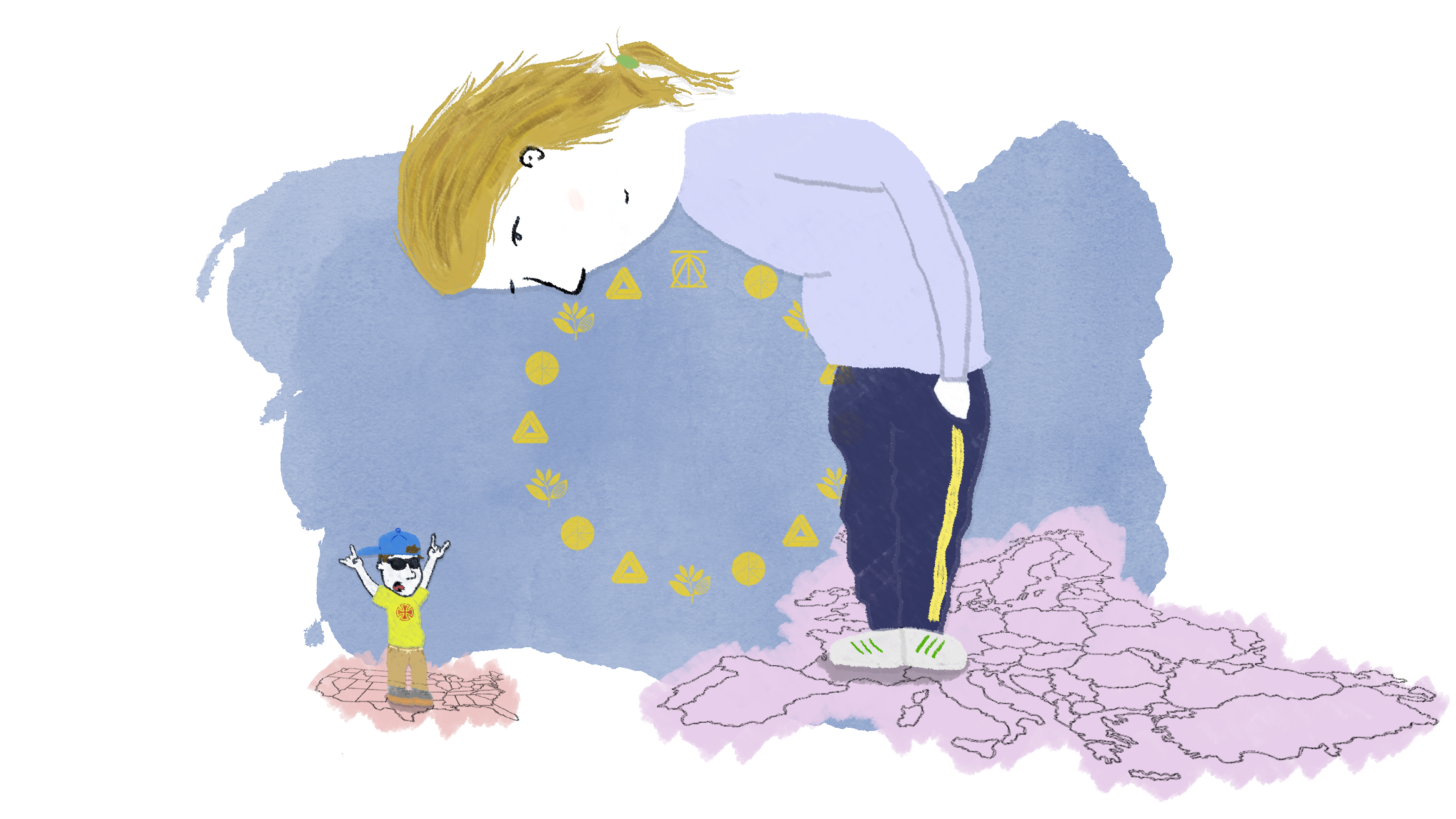
European skate brands really have their shit together these days, and they’re no longer conforming to the status quo set by the old skate-guard of the American West Coast. Copenhagen, London, Paris, Malmö, and so many other cities across the continent have thriving scenes that the rest of the world is finally paying serious attention to.
Europe’s skate scene technically dates back to the early 1970s, when Per Welinder was a freestyler in Sweden before moving to California to join Powell-Peralta and eventually partnering with Tony Hawk to start Birdhouse. In the ’80s, the Munster Mash contest in Germany attracted talent from around the world, and the Radlands contest similarly brought skaters from everywhere to the UK in the ’90s.
But in recent years, European skaters have upped their game considerably. Now they run globally-respected brands that rival and perhaps overshadow some of the longest standing American brands. So to understand how these brands broke out of the mold of niche foreign entities and claimed their places in the skateboard industry, we decided to do a little reflecting.
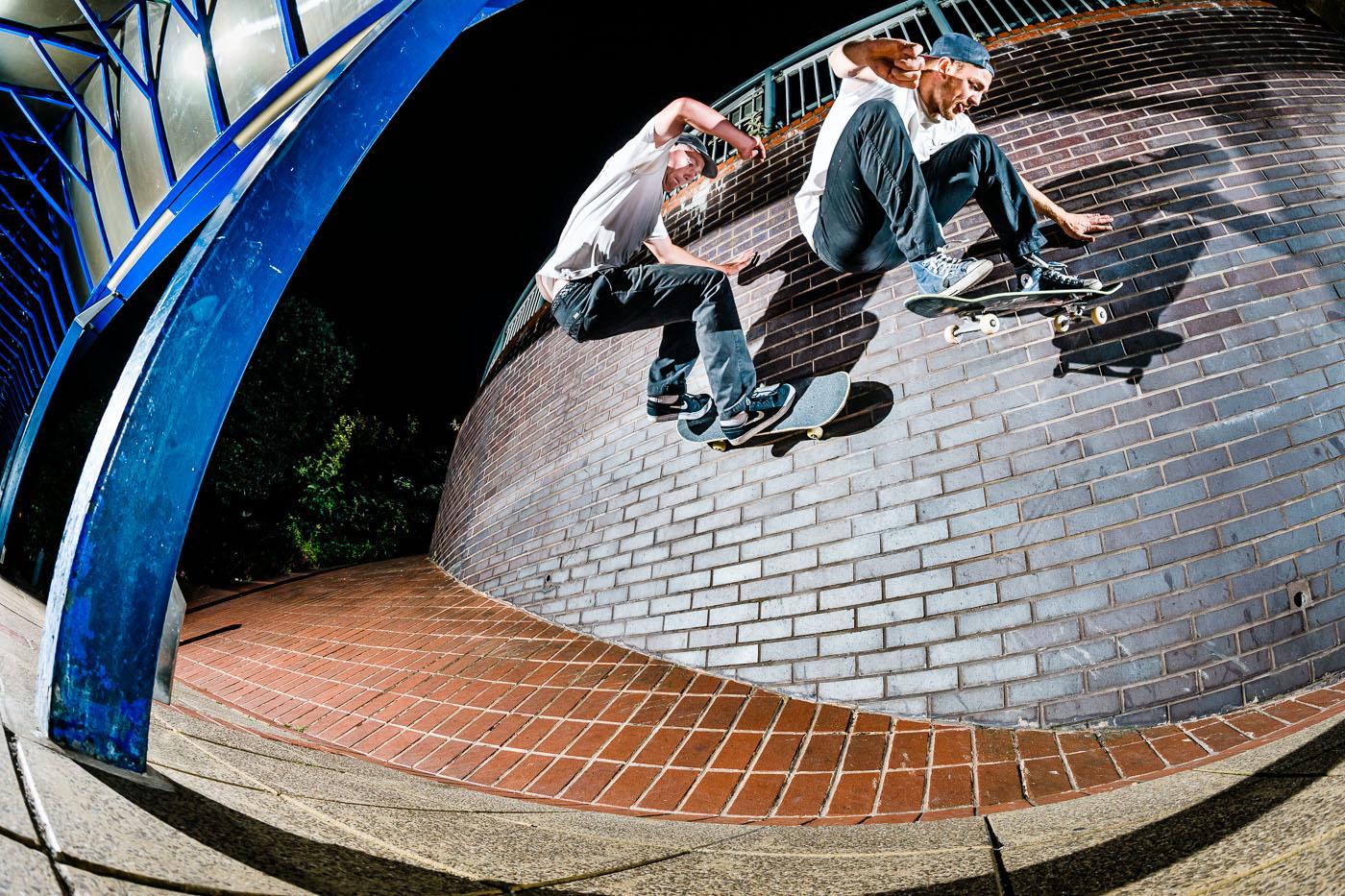
THE EARLY YEARS
To get a rough timeline of the modern European skate market, I spoke to Wes Morgan of UK-based Rock Solid Distribution and Oli Merkelbach of German-based Beast Distribution. They both agreed that in the late 2000s, the two most influential brands within Europe were Blueprint (out of the UK) and Cliché (out of France). Those brands operated domestically, sponsoring local heroes like Lucas Puig and Chewy Cannon, and releasing strong full-length videos that showcased the perfect plazas and cutty spots that Europe is recognized for today.
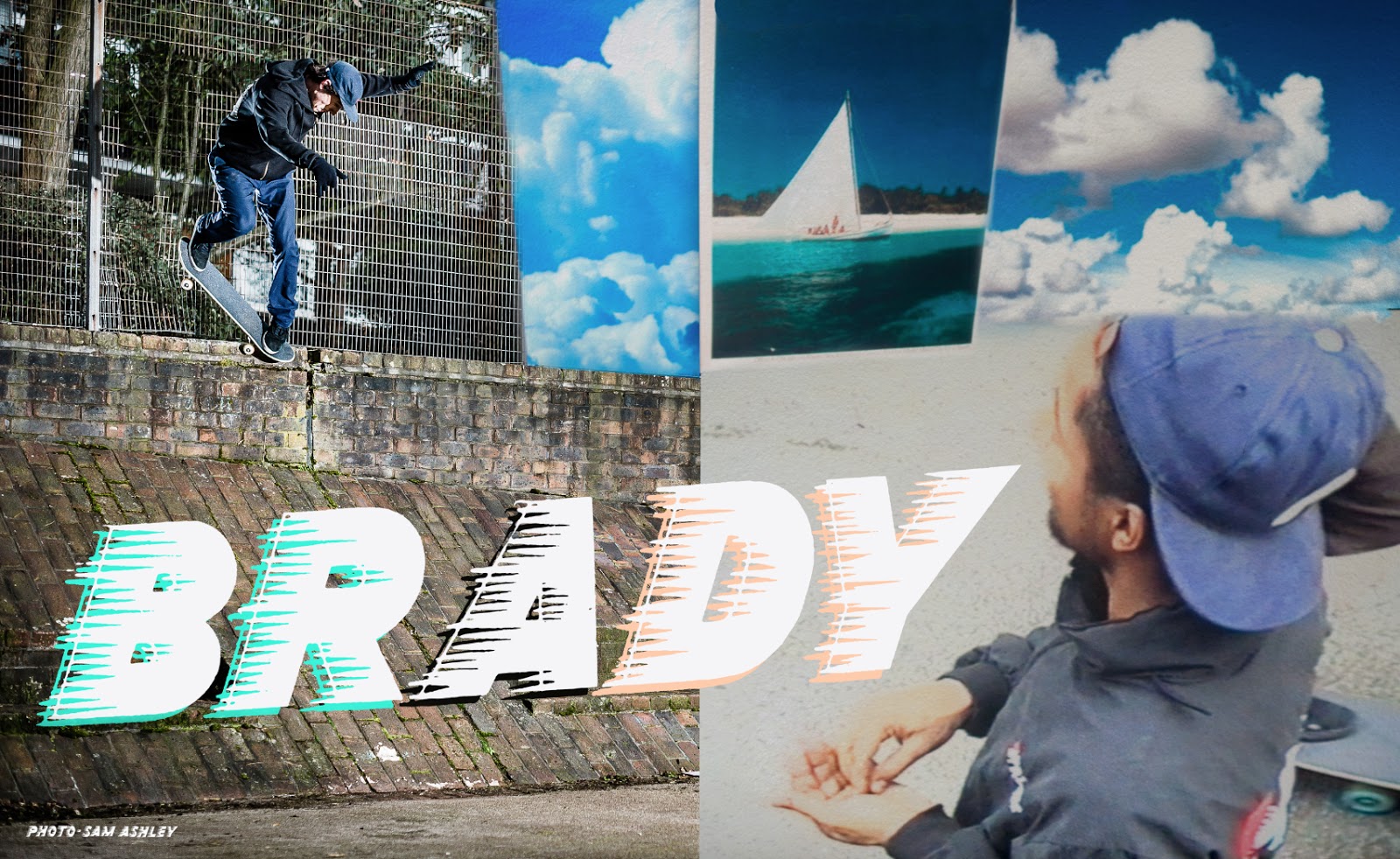
Blueprint and Cliché were lauded for sticking to their roots and taking the opposite approach of Flip, which originally started in the UK as Death Box. After Death Box started to stagger at home, they moved operations to California and rebranded as Flip with a European team (Tom Penny, Geoff Rowley, and Rune Glifberg) that skated in the American style of big rails, big gaps, and big airs.
Since the cost of doing business in Europe back then was relatively high, and the European skate market was considerably smaller, it made sense for Flip to migrate to the US and aim to break into the industry from within.
But Cliché and Blueprint helped plant the seed in European skateboarders’ minds that homegrown brands could be sustainable businesses and could play a major role in the skate industry.
LOCAL GROWTH
In the late 2000s, much of California’s skate spots had become blown out and the crackdown from police officers, security guards, and skate stoppers had become intolerable. So Europe, with its abundance of perfect spots and a sense that law enforcement there treated skateboarders more casually, became a go-to skate destination.
American crews started venturing more often to Barcelona and from country to country to film for full-length videos. US brands also started picking up some of these Europeans to bolster their overseas appeal (think Lakai getting Nick Jensen, Danny Brady, and Jesus Fernandez). But American brands were hesitant to fully put foreigners on their teams. Instead, they packaged them as miniature “Euro teams” and lumped them into montages or credits sections in their videos.
“We always felt as if we were just some Eurotrash… We were like, fuck that, let’s just do our own shit.”
Some companies, like Element, gathered enough foreign riders to launch European teams entirely separate from their American counterparts, but they didn’t put Europeans on the same pedestal as their American riders. Eventually, some alienated European skaters decided to do something about it.
In an interview with us in 2014, Pontus Alv discussed how being relegated to Emerica’s “Euro team” eventually encouraged him to launch Polar skateboards: “It’s about having a platform to express yourself as a skater. We always felt as if we were just some Eurotrash… We were just like, fuck that, let’s just do our own shit. And we did.”
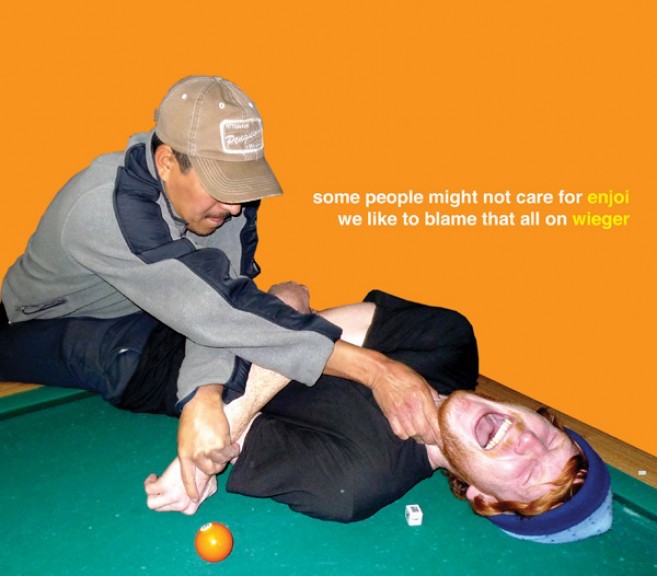
Oli Merkelbach of Beast Distribution mentioned that US brands have struggled to market to Europeans for a while, and he suggested their unwillingness to embrace their foreign riders was a big part of the problem. According to Oli, most Americans brands seem to rely on big distribution companies to land their products in as many shops as possible, but they do little beyond that to connect with their European customers.
“‘Why am I buying American boards?’ I love American skaters and shit, but there was nothing really stoking me out.”
With American brands’ lackluster commitment to the European market, there was room for European brands to flourish in the early 2010s. In an interview with Free Skate Mag earlier this year, Lev Tanju said this was exactly why he created Palace: “I was buying American boards all the time, and I was a bit like, ‘Why am I buying American boards?’ I love American skaters and shit, but there was nothing really stoking me out.”
When it launched, Palace’s dreamy collages and house-tinged aesthetic were like nothing else in skateboarding, and their videos quickly found devoted fans in England and abroad.
With “Gangbanging at Ground Zero” and “Tres Trill” in 2013, Palace established their lo-fi vibe and speedy-but-powerful approach to street skating, which has since been emulated by countless homie videos and may or may not have influenced the look of a few American brands.
Polar’s No Complies, Wall Rides + Shuv Its in 2012 had a refreshing take on the importance of doing simple tricks well, and over time the video influenced what tricks are considered “cool” across the globe.
And a secret sleeper video by Element’s Europe team, Hold It Down (2013), reminded us that Europe is riddled with beautiful cities and incredible spots that have yet to be blown out by the rest of the skate world. The video also introduced some of today’s biggest European names: Madars Apse, Karsten Kleppan, Jarne Verbruggen, Phil Zwijsen, and Nassim Guammaz.
In the years since, The Blobys, Sour Solution, Yardsale, Skateboard Cafe, Isle, and many other brands and crews continue to showcase new facets of European skate culture. By following the leads of successful European brands before them — making product that speaks to their local fanbase, filming videos in their own cities, and championing hometown heroes who never received proper recognition from American brands — they’re demonstrating that European skateboarders can achieve global success without sacrificing their Europeanness.
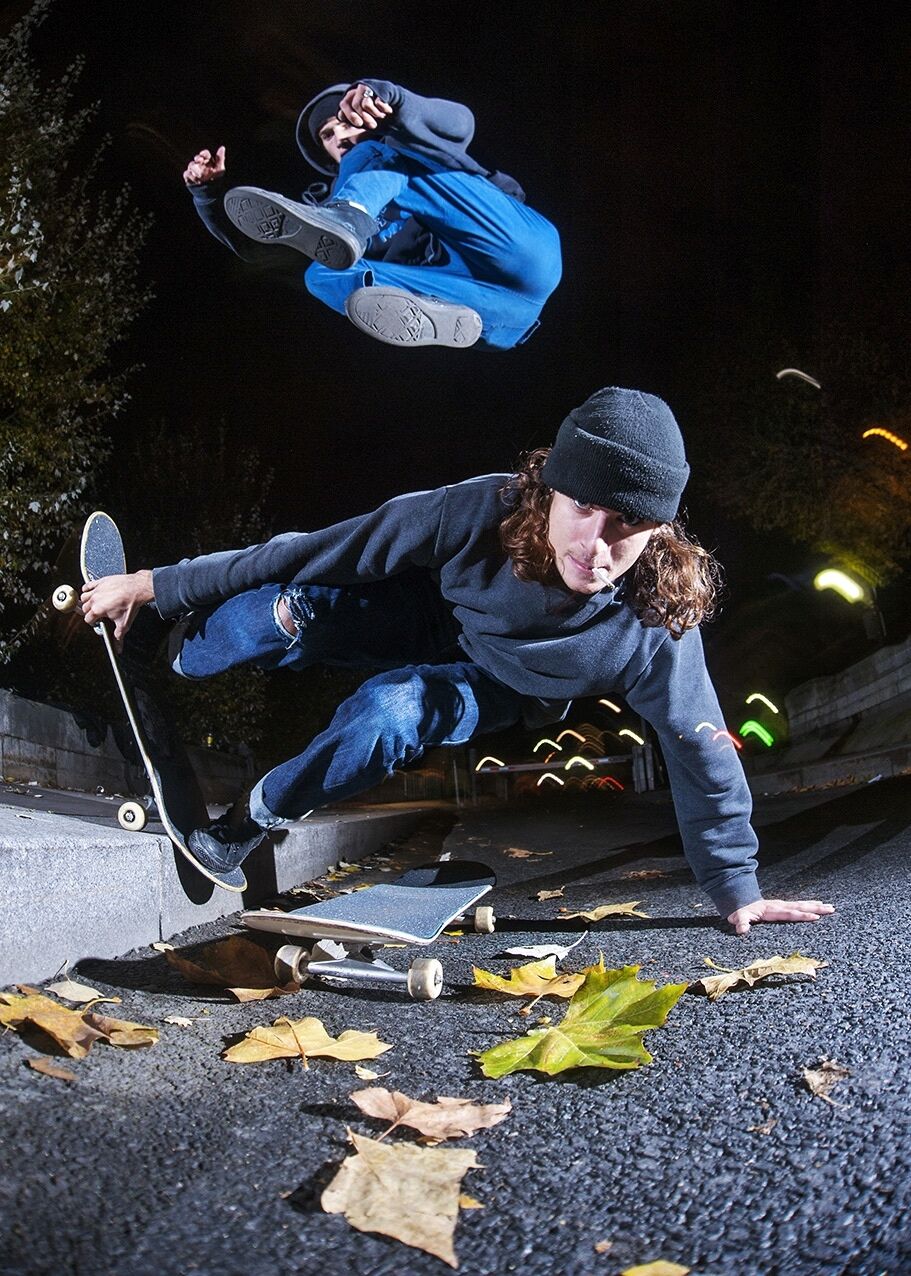
IMPACT ON THE GLOBAL MARKET
In the States, we can attribute the arrival and growth of Palace, Polar, and Magenta directly to Josh Stewart and his Theories of Atlantis webstore.
When he began importing these brands in 2010, Josh was just using Theories as a platform to sell his own videos and other products made by close friends. But he could see the American market thirsting for something new, and once he saw these brands establish their footing in their home countries, he realized the opportunity to bring them here.
“At that time there hadn’t been any kind of big changes in skateboarding,” he said. “It was all the same guys that have been there for a while. NHS, Alien Workshop, the Baker guys, Tum Yeto…”
Through Theories distribution, Polar, Palace, and Magenta received a strong response in the Northeast and especially New York City. Soon after the brands attracted attention from skate shops in middle-American states like Utah and Nebraska, which strongly suggested that these brands had potential to succeed across the country.
Josh believes that having a collection of strong European brands to offer to shops, as opposed to just one, created a symbiotic relationship for all three companies. “We had this family of brands that all kind of relate to each other, and that has been crucial. I don’t think [those brands] would’ve had the same effect if they had done this by themselves,” he said.
With a sample platter of brands to choose from via Theories, the American market had better insight into what was going on in Europe than ever before, and it turned out we liked what we saw.
Now, these big three brands are staples in most well-known shops in major US metropolitan areas, including FTC and DLX in San Francisco, Labor in NYC, Uprise in Chicago, and beyond.
Oddly enough, Wes of Rock Solid believes these new European brands and skaters initially shaped their aesthetics by looking at old underground American videos like Zoo York’s Mixtape and Dan Wolfe’s Eastern Exposure 3. They adapted the East Coast flow and style-focused approach to street skating into their own environments, then sold those revitalized versions back to Americans.
To Josh, that relationship seemed obvious. “They were influenced by East Coast skating [because] there was a kinship in being ignored by the skate industry, which was 95% California until the mid-2000s,” he said.
“Nowadays, the lines separating ‘Euro teams’ and ‘main teams’ have nearly been erased.”
Nowadays, the lines separating “Euro teams” and “main teams” have nearly been erased. Legacy US brands like Toy Machine, Antihero, and Enjoi have acquired their own Euro riders with Axel Cruysberghs, Chris Pfanner, and Ben Raemers respectively, giving them all full-pro status. Even newer American brands like Hockey and 917 have found their Euro ambassadors in Kevin Rodriguez and Vincent Touzery, who have undoubtedly helped those brands establish fanbases overseas.
On the flipside, pivotal Euro brands like Palace, Polar, and Magenta all have US riders of their own in Shawn Powers and Jamal Smith (Palace); Aaron Herrington, Andrew Wilson, and Dane Brady (Polar); and Ben Gore (Magenta). The US-Euro crossover has gone into full force in 2018, and, looking to the future, the coexistence doesn’t show any signs of slowing.
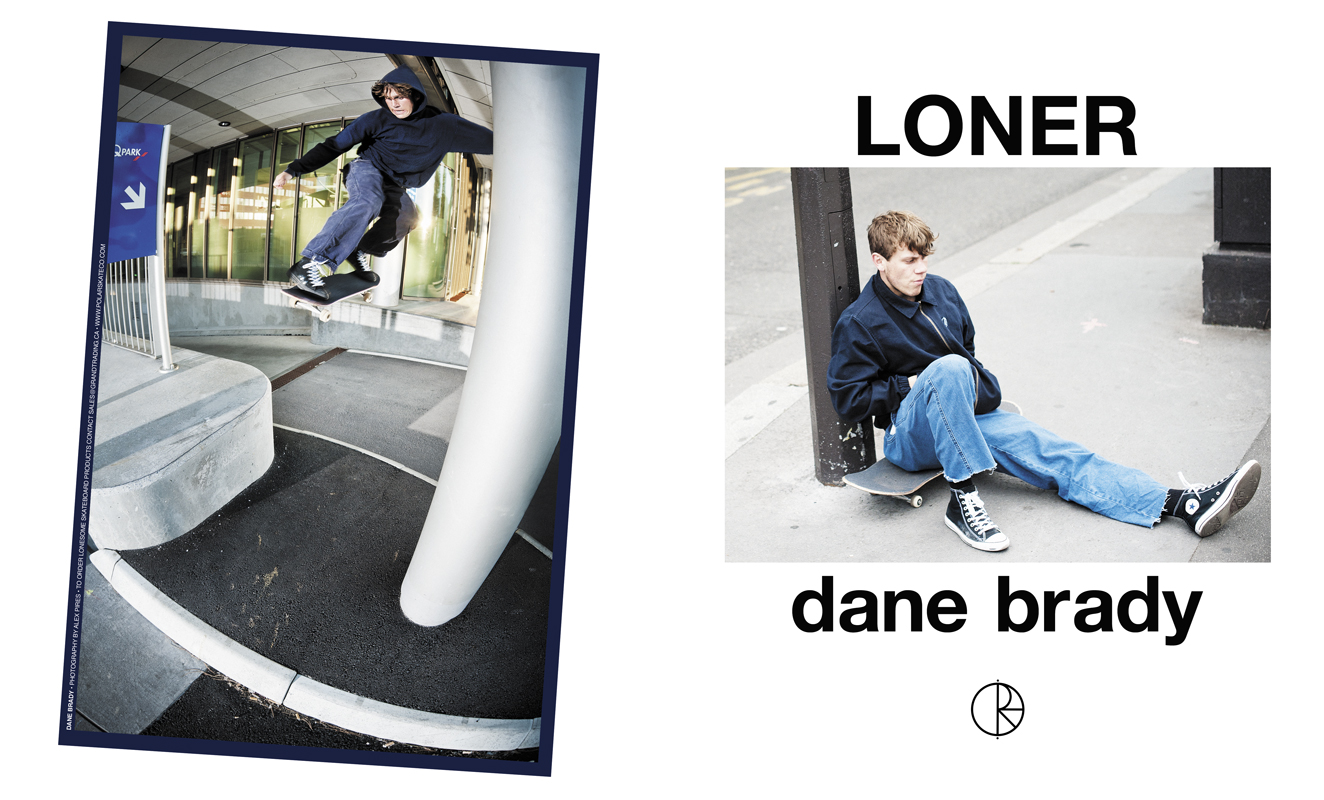
LOOKING TO THE FUTURE
After my conversations with Oli, Wes, and Josh, I began to wonder whether we will ever see the European market overtake the US. European brands have quickly proven their ability to reach across cultural barriers, and have been putting up more-than-healthy sales numbers over the last half-decade.
In that short time frame, they have dramatically shifted what products skate shops stock on their shelves, and they have proven there is a possibility to disrupt the skate industry status quo from outside its traditional core.
Wes and Oli both confirmed that domestically, Euro board brands are right up there with longstanding US brands like Real and Baker and relative newcomers like 917 and Primitive. They both attribute Euro brands’ successes to the obvious appeal of representing for your hometown. But they added that foreign import taxes make European products more affordable and therefore accessible to European consumers. “[Brands like FA and 917] retail hoodies at $80 in the US, which is not what they’re retailing for [in Europe],” Oli said. “It takes time and a level of understanding for customers to be okay with paying more for American brands than the European ones that are sitting on the same shelf.”
“It takes time for customers to be okay with paying more for American brands than the European ones that are sitting on the same shelf.”
Oli also pointed out that skate retailers are already inundated with more than enough merchandise. “There’s too much product in the market and it’s heavily affecting everyone on the shorter term. But in the long term I think there is a good chance to grow naturally,” he said. With a long-term plan and the right foresight, it’s possible that we’ll soon see a completely different list of leading brands in the skate industry.
If Europeans want to trim down their reliance on American suppliers and gain even more control over their market, Wes suggested they move beyond board brands. “It’s predominantly been board brands that have done really well throughout Europe,” Wes said, “but there are no truck companies, and there’s not really any big wheel companies.”
By expanding their efforts into manufacturing skate goods other than boards and clothing, European brands may be able to make serious headway toward an independent, regional market. Imagining a world where a European equivalent of Deluxe or NHS (like HLC) dominates, churning out wheels, trucks, boards, tees, and various accessories doesn’t seem too far-fetched, and frankly, I’d love to see it happen.
Related Posts
Comments
Popular
-
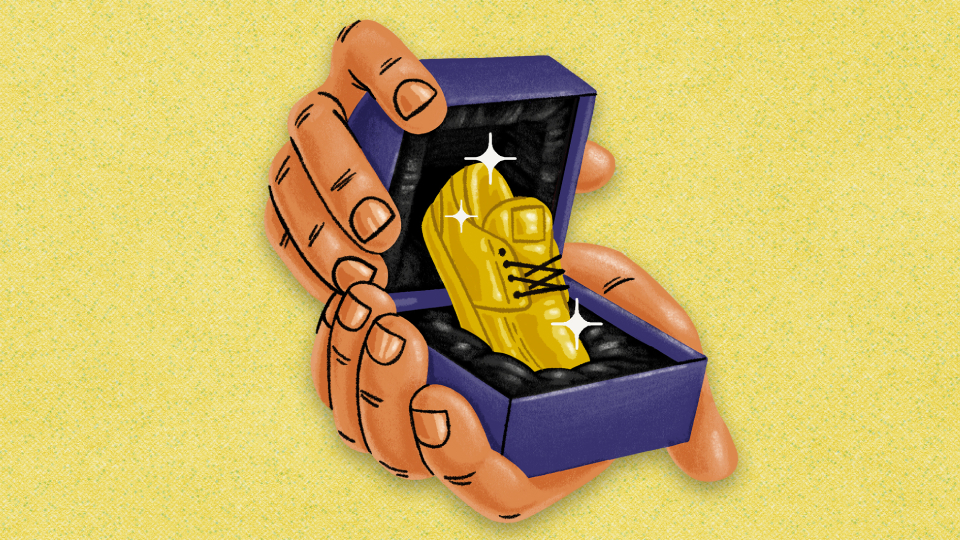 THE RISE AND FALL OF PRO MODEL SKATE SHOES
THE RISE AND FALL OF PRO MODEL SKATE SHOES
While there are still some exceptions, the signature shoe has largely evaporated from the skateboard industry. But, why?
-
 A CHAT WITH LUDVIG HAKANSSON, THE OLDEST SOUL IN SKATEBOARDING
A CHAT WITH LUDVIG HAKANSSON, THE OLDEST SOUL IN SKATEBOARDING
The man loves to read Nietzche, skates in some expensive vintage gear, and paints in his own neoclassical-meets-abstract-expressionist style.
-
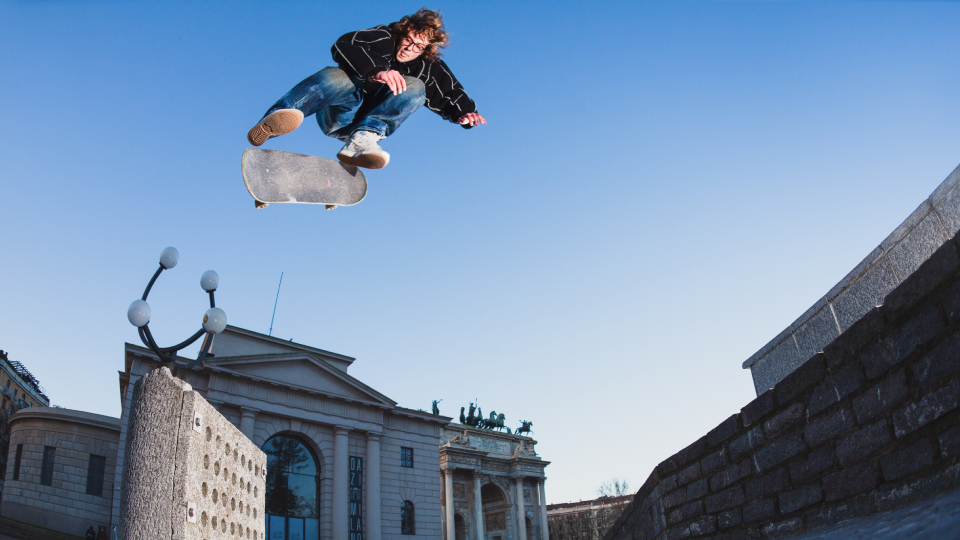 A LOOK THROUGH THE GLASSES OF VINCE PALMER, AKA CHICKEN LITTLE
A LOOK THROUGH THE GLASSES OF VINCE PALMER, AKA CHICKEN LITTLE
Get to know the 18-year-old German repping Baker and Supreme in Milan.
-
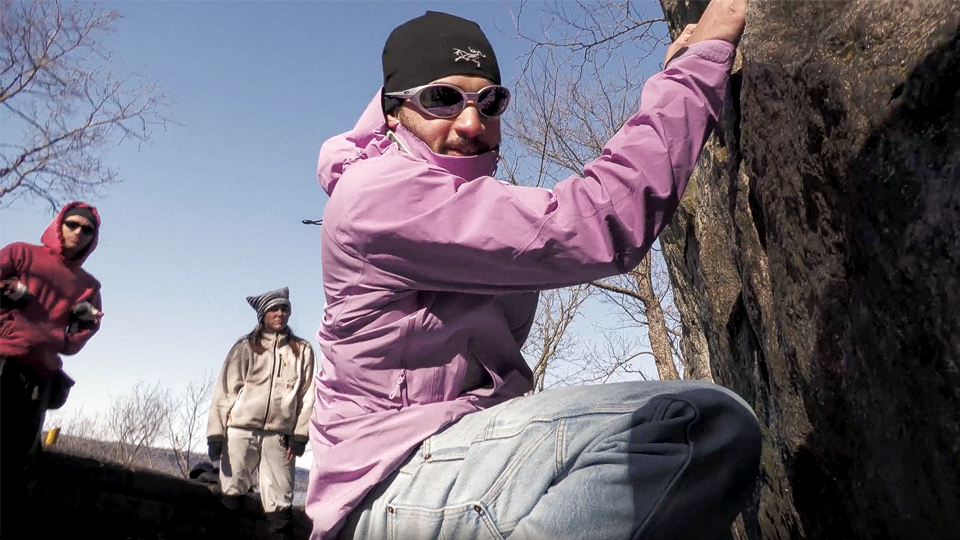 WHO ARE THE SKATERS RESURRECTING ROCK CLIMBING IN UPPER MANHATTAN?
WHO ARE THE SKATERS RESURRECTING ROCK CLIMBING IN UPPER MANHATTAN?
We met up with Joel Popoteur, an employee at Supreme and long-time skater to learn about his outdoor movement.
-
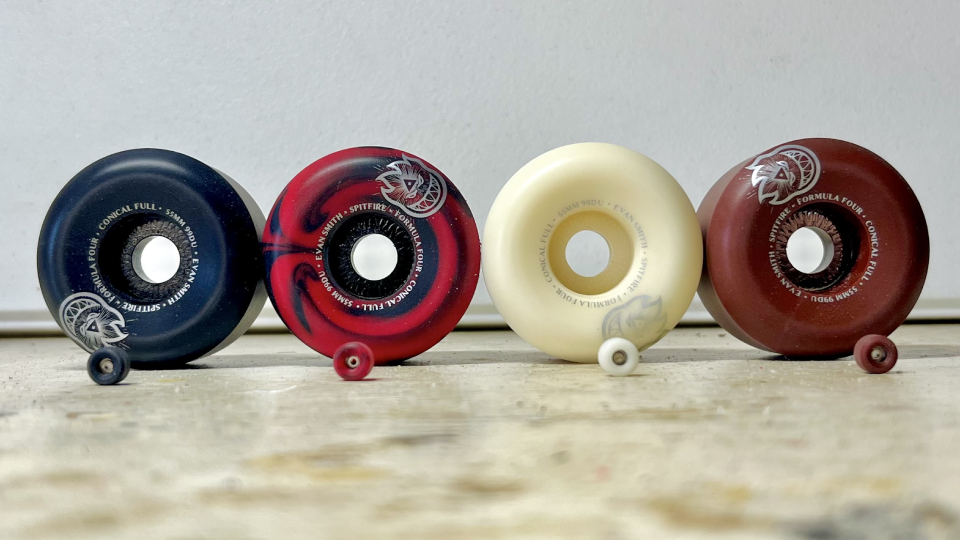 GOT OLD WHEELS? THIS GUY IS MAKING MINI FINGERBOARD REPLICAS WITH THEM
GOT OLD WHEELS? THIS GUY IS MAKING MINI FINGERBOARD REPLICAS WITH THEM
Honey, I Shrunk The Spitfires.

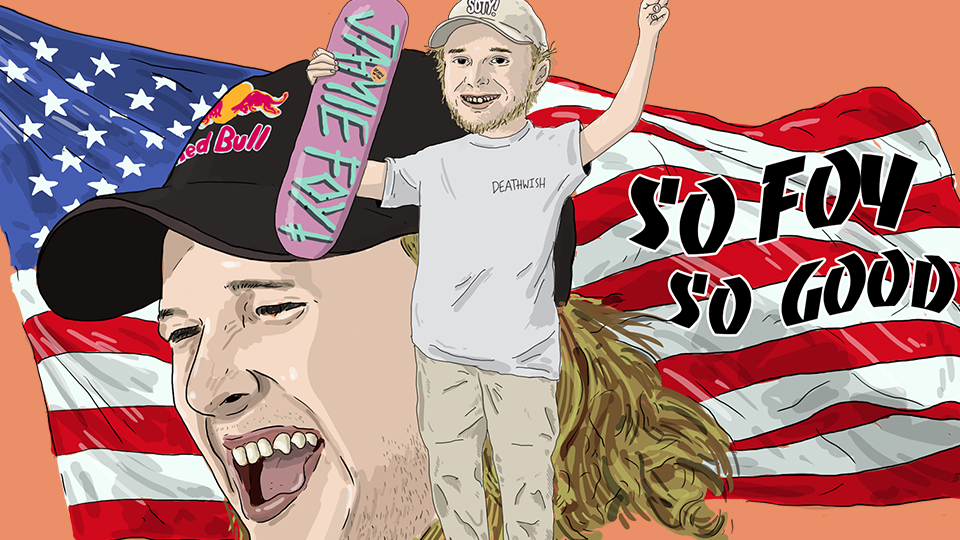
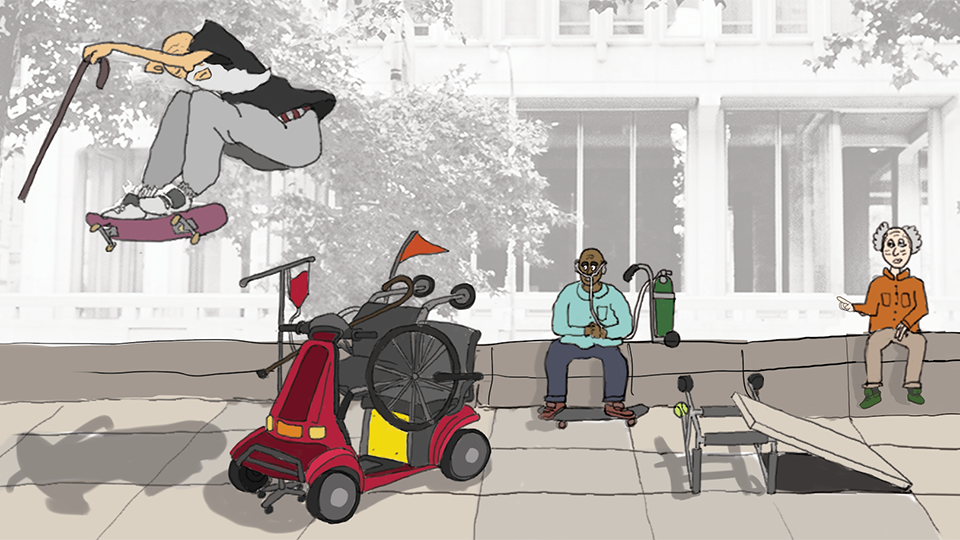
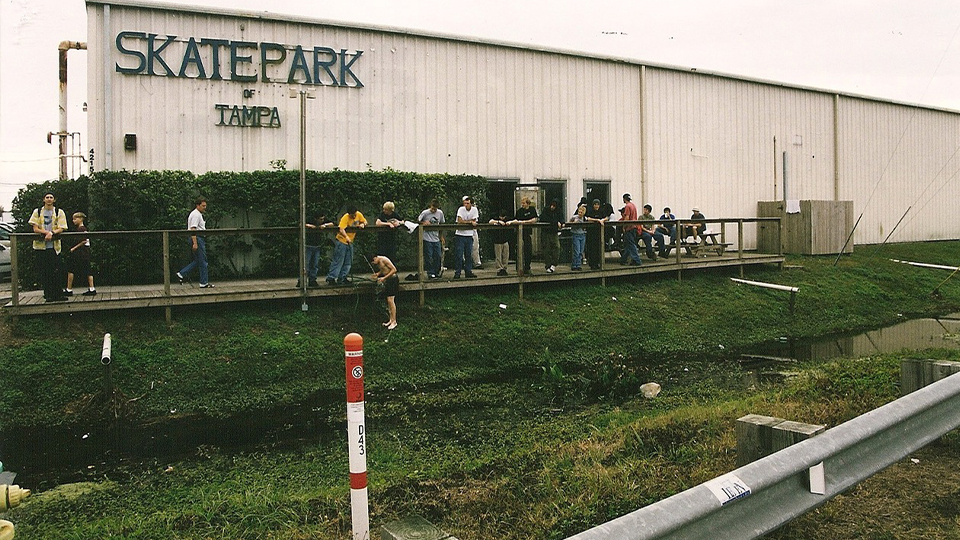
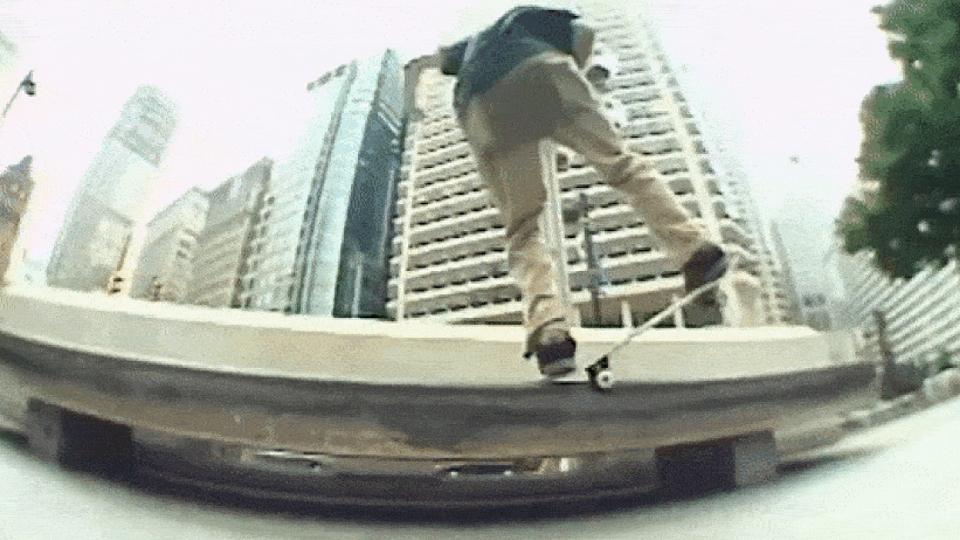
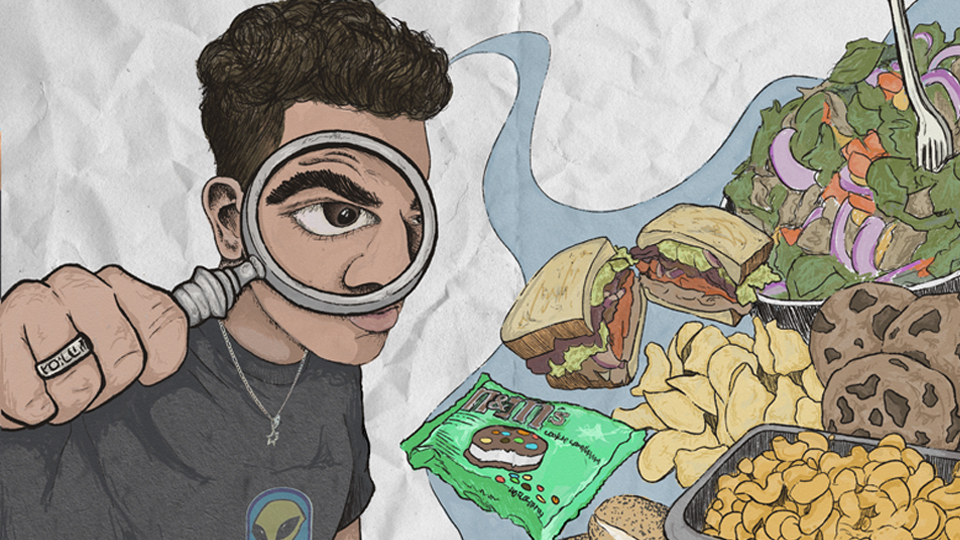
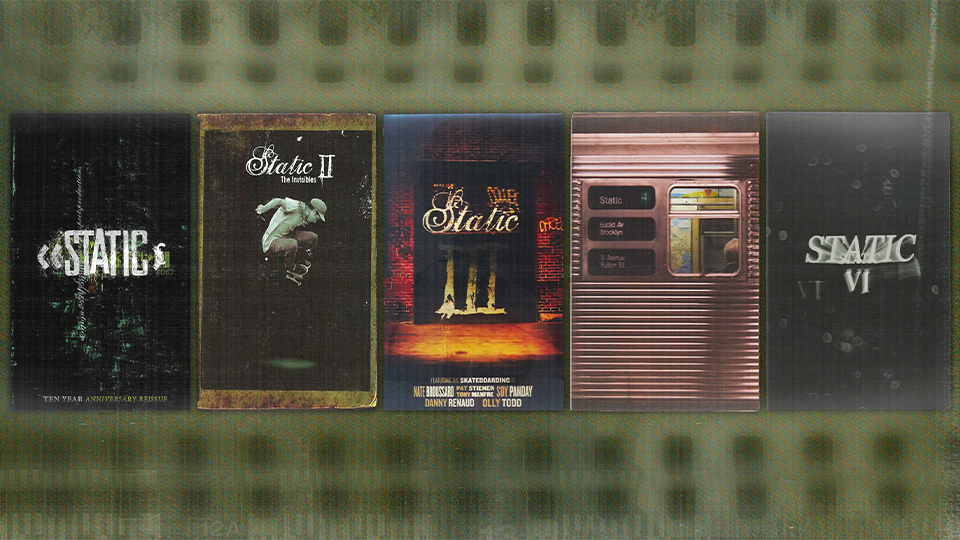
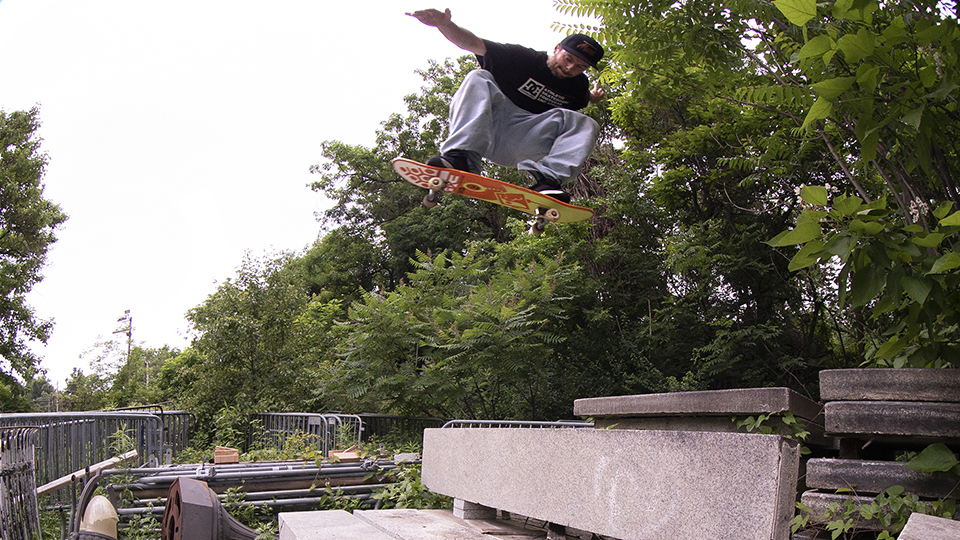
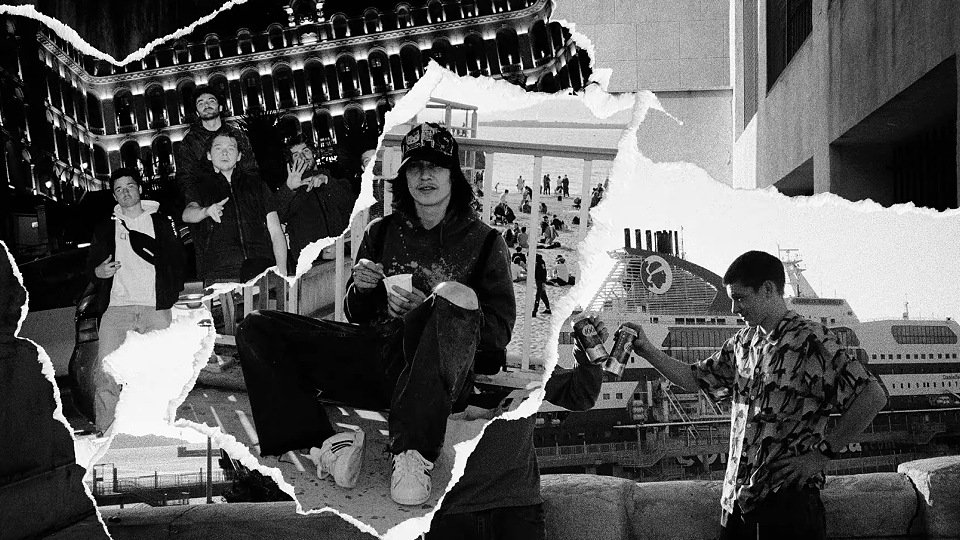
December 3, 2018 2:28 pm
ok
December 3, 2018 8:10 pm
You kind of understated Flip’s impact. Until the Flip team came and just simply skated better than everyone, no one gave a damn about Euro skaters, and you only saw them in a few clips in a 411 segment on the Euro contests. And, don’t forget that Brazilians were all the rage in the early 2000s with their tech skating and contest skating ability. But, in general I think it is good that these companies can thrive and survive. They have a different perspective from us here in the States, and different can be good for no other reason than it is different.
December 3, 2018 8:53 pm
I think this is like the early 90s when the east coast became way more relevant. I hope that I can get to Europe before all the spots are gone like in Cali.
December 3, 2018 10:21 pm
get clued up already, America: 1) calm the f**k down. 2) join the global village, and 3) finally ditch your centre-of-the-universe superiority complex (be it ‘in its entirety’ and/or ‘its residual remains’). 4) The rest of us pale-blue-dot members are bored of viewing the States as being lewd, obnoxious, and domineering.
December 4, 2018 10:33 am
the united states is tired of the rest of the world being whiney bitches. Dont like it, tough shit, do it yourself and shut the hell up.
December 4, 2018 10:40 am
your knee-jerk/itch trigger finger response just proved the global-village point in spades, GL: ‘diy’ is the name of the global game, and has been since time memorium; the americanised head-up-arse presumptuous nature is your own achille’s heel.
C
U
Next
Time
December 5, 2018 10:57 am
Couldn’t agree more. Even an article supposedly about Euro companies doing well worldwide, people cannot resist but try and claim it stems from inspiration of something out of America. Euro skate style doesn’t come purely from skaters being inspired by the East coast, it comes from Europe and our culture.